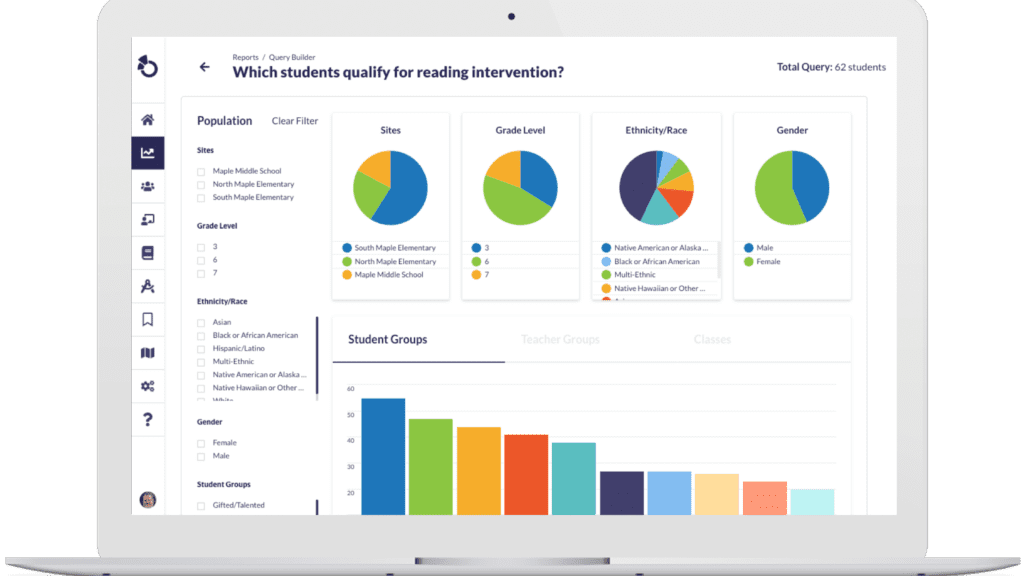This summer, we released a new feature we’re really excited about — the student profile. Our goal was to provide educators a holistic view of students: their interests, engagement, performance, and growth. The tool not only serves teachers and administrators but also empowers students. It allows them to upload multimedia projects (in addition to the standard blog capability) to better showcase their creativity and skill. It’s a tool that was built with today’s important education initiatives in mind, from standards-based grading to personalized learning to data-informed instruction.
The student profile is something we’ve envisioned from the very beginning of Otus. It’s been a long journey to get to this point. We have gone through many steps and iterations to make this feature a reality.
Identifying a need
Measuring student learning is one of the original guiding principles of Otus. Originally, we created a student profile that we believed had everything educators would need. But once we started soliciting feedback from users, we realized there was more work to be done. We had the right data and information, but we needed to synthesize all of the information and present it better visually. It was as if we had placed all of the information into filing cabinets. Related information was still separated by a few clicks, we weren’t effectively showing users how everything was connected.
Gathering feedback
Once we had a good idea of the changes we would like to make, we started talking, and more importantly, listening to our users. We expanded our outreach. Not only did we learn the issues they were running into with our initial platform, but what they’d like to see from their ideal platform. We also had many conversations internally as well. We brainstormed how we could make the platform visually compelling.
Even if our solution was good, the presentation of our solution needed to be better. One of the big things we came to realize is that people wanted the student profile simplified and condensed. They did not want profiles spread out over numerous tabs and pages. It was also important that the new profile show users' information, not just tell them. We worked to reorganize the content of the profile. We are constantly collaborating across teams to find ways to make the information more engaging.
Reorganizing & simplifying
This summer, our talented designers and developers turned the research into a reality. The student profile provides all of the same important information it did before but does so in a way that is easier to navigate. The many sections that made up the first iteration of the profile are now just four: Profile, Content, Reports, Information. Just as Otus takes disparate edtech tools and data and brings them together into one platform, we had to follow our own lead and make sure our users didn’t have to search through view after view to understand their students.
Making things visual
Being organized is important, but it’s just as important to be visually compelling, and the student profile was rebuilt with that in mind. Before this redesign, almost all of the information in the profile was presented in a table. Now, the profile shows attendance, recognitions, and participation widgets on the first page. Portfolio items are shown as the various dynamic media types that they are (video, image, audio, blog post, etc.), creating a more engaging experience for users. Third-party data is also easily understood, displayed with charts we designed from scratch.

Lessons learned
It took a few years, but we ended up with a more effective and impactful student profile The process taught us that staying true to our guiding principles will lead us to a better outcome and that there is nothing more valuable than listening to our users. It also reminded us that nothing is perfect on your first try — but by working together, internally and externally, we can learn together as well.
Related Resources
Request a demo!
See exactly how Otus can help your school accelerate student growth and improve student outcomes – all while saving educators time.





